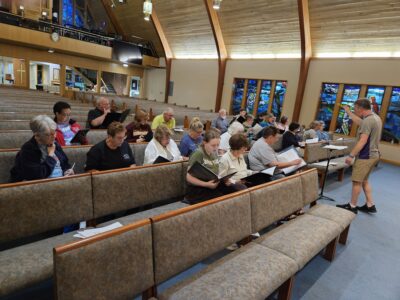City will crack down on abandoned property with new rules
Webster City adopted a stricter version of its vacant and abandoned property code Monday that means the owners of abandoned property will be put in the position of taking responsibility for their condition.
The sweeping revision to the municipal code, Chapter 10, Article IV, “Vacant and Abandoned Property” passed its second reading before the City Council of Webster City.
The council also waived the required third reading of the proposed change on a motion from Councilman Logan Welch, then voted to pass and adopt the measure on another motion from Councilwoman Megan McFarland.
The first reading passed before the council earlier this month.
According to Webster City Development Director Ariel Bertran, there are at least 57 homes that are under investigation in the city because they appear to be abandoned.
This stricter code has implications for everyone who owns property in Webster City, a careful review of the proposed nine-page policy reveals. Here’s an overview of the code’s purpose and intent, and a summary of the new responsibilities of building owners.
Officially, it’s a “registration and abatement program,” seeking to improve communication between the city and private property owners, and “prevent public and private nuisances, and potential fire hazards.” The new code will be jointly administered by the Community Development Department, which will be responsible for residential properties, and the Webster City Fire Department, which will oversee commercial and industrial buildings.
Registration
Under the new policy, if a building becomes vacant the owner must enter it on the city’s official registry within 30 calendar days. Registration forms are on the city’s website or printed forms may be picked up at City Hall, 400 Second Street.
Registrations begin with the name and contact details of the building’s owner. If the structure is owned by someone not presently living in Webster City, a local agent or person must be named. Also on the form is the address and description of the property.
The annual cost of registration in the first year is $250 for residences and $1,000 for commercial or industrial buildings. Should the building remain vacant longer than a year, the fee for the second-through-fourth years is $250 times the number of years of the vacancy for residences, and $1,000 times the number of years vacant for commercial or industrial structures.
There are additional fees for late registration, property inspections by the city, or failure to show up for a mandatory property inspection. As an incentive for owners to encourage re-occupancy as soon as possible, the longer a building remains vacant, the higher the fees.
A plan for the future
Owners of vacant properties must submit a plan leading to a new tenant or owner occupying the building. It must include a maintenance plan, with timetable, addressing any public nuisances found in the building.
If 180 days pass without “forward progress” the owner may be subject to penalty fees.
Among other things, owners must certify they have a minimum $100,000 general liability insurance policy in effect at the property.
When registration is complete and all fees paid, the owner will receive a vacant building certificate and copy of an approved property plan. The certificates clearly indicate an expiration date, at which time it must be renewed or the owner must prove the property is again occupied.
Change of ownership
If a building registered with the city as vacant is sold, the new owner must register or re-register it and certify they intend to comply with the previous owner’s property plan and timetable for improvement.
Inspections
Once a property is on the vacant property registry, the city must complete an inspection within 60 days. Before the property can be re-occupied, it must be inspected again and be in compliance with applicable codes.
Maintenance and security
Vacant buildings must be maintained in the same condition as if occupied. Windows and doors must “resist intrusion.” At least one operable door is required, and chains or barricades on doors inside buildings aren’t permitted. Exterior walls and roofs must be free of holes.
Water, wastewater and natural gas lines must be kept in sound condition and not allowed to freeze. Electrical service and exterior lighting must be maintained as if the building were occupied. Heating systems, if not maintained to code, must be removed or made inoperable. The city may, at its election, discontinue utility service to any vacant building after written notice to owners.
Grass and snow removal
Finally, building owners must keep grass and weeds trimmed to 6 inches or less. Snow must be removed from sidewalks, and abandoned or junk vehicles are not allowed. If graffiti appears on the property, owners are responsible for promptly removing it.



